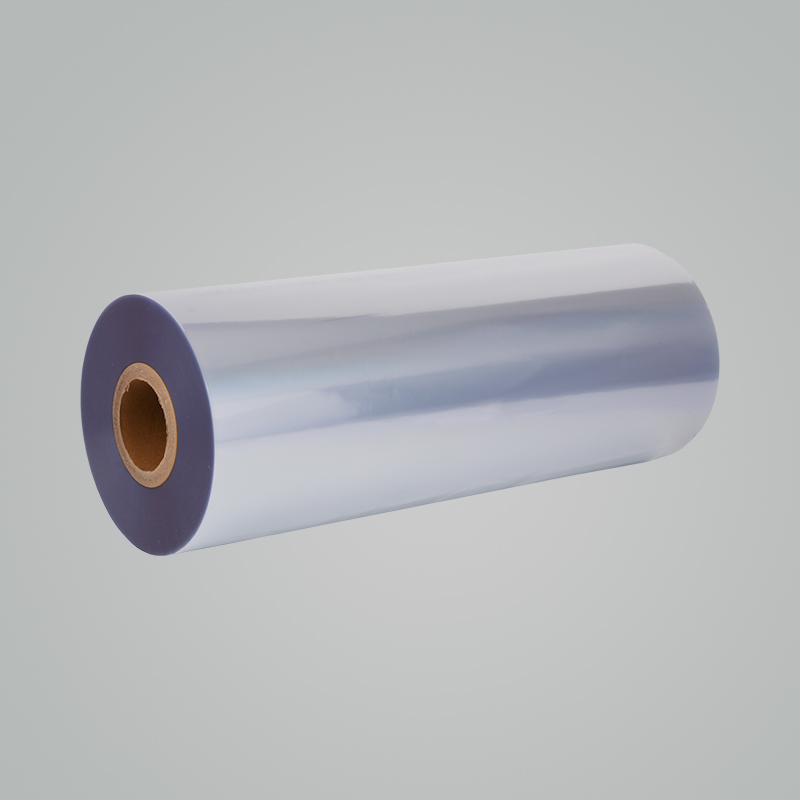The inherent properties of PVC shrink film, including static electricity, film memory, and variations in surface friction, can significantly impact the effectiveness of tension control mechanisms during unwinding. Let's explore each of these properties:
Static Electricity:
Impact on Tension Control:
Static electricity can build up on the surface of
PVC shrink film roll, leading to issues such as film clinging together or attracting dust and debris. This can affect the smooth unwinding of the film by causing disruptions, uneven tension, or attracting contaminants that may interfere with the packaging process.
Mitigation Strategies:
Tension control mechanisms need to account for the impact of static electricity. Anti-static additives in the film formulation, ionizing bars, or other static control devices can be employed to minimize static buildup and ensure consistent tension during unwinding.
Film Memory:
Impact on Tension Control:
Film memory refers to the tendency of PVC shrink film to retain its shape after being stretched or deformed during the manufacturing or winding process. This can influence the way the film unwinds, potentially leading to uneven tension and affecting the conformability of the film during the shrinking process.
Mitigation Strategies:
Tension control systems must be designed to accommodate the film memory of PVC shrink film. Techniques such as controlled pre-tensioning or the use of specific unwind and rewind mechanisms can help mitigate the effects of film memory and ensure a smoother unwinding process.
Variations in Surface Friction:
Impact on Tension Control:
Variations in surface friction can occur due to factors like film treatment, coating, or the presence of contaminants. Inconsistent surface friction can lead to fluctuations in tension, resulting in issues such as over-tensioning or under-tensioning during unwinding.
Mitigation Strategies:
Tension control mechanisms should be capable of adapting to variations in surface friction. Proper cleaning and maintenance of the film path, as well as the use of guiding systems, can help minimize variations and ensure consistent tension throughout the unwinding process.
Temperature and Environmental Conditions:
Impact on Tension Control:
Temperature variations and environmental conditions can influence the dimensional stability of PVC shrink film. Changes in temperature may cause the film to expand or contract, affecting its tension during unwinding.
Mitigation Strategies:
Tension control systems may need to incorporate temperature compensation mechanisms or be equipped with sensors that can detect environmental changes. These features help maintain optimal tension levels, especially in environments with fluctuating temperatures.
Material Handling Considerations:
Impact on Tension Control:
The handling of PVC shrink film rolls, including how they are stored, transported, and loaded onto unwinding equipment, can influence tension. Improper handling may introduce distortions, deformities, or uneven winding, impacting the film's behavior during unwinding.
Mitigation Strategies:
Proper material handling practices are essential. Storage conditions, roll loading mechanisms, and careful transportation are crucial to minimizing the introduction of distortions and ensuring consistent tension control during unwinding.
